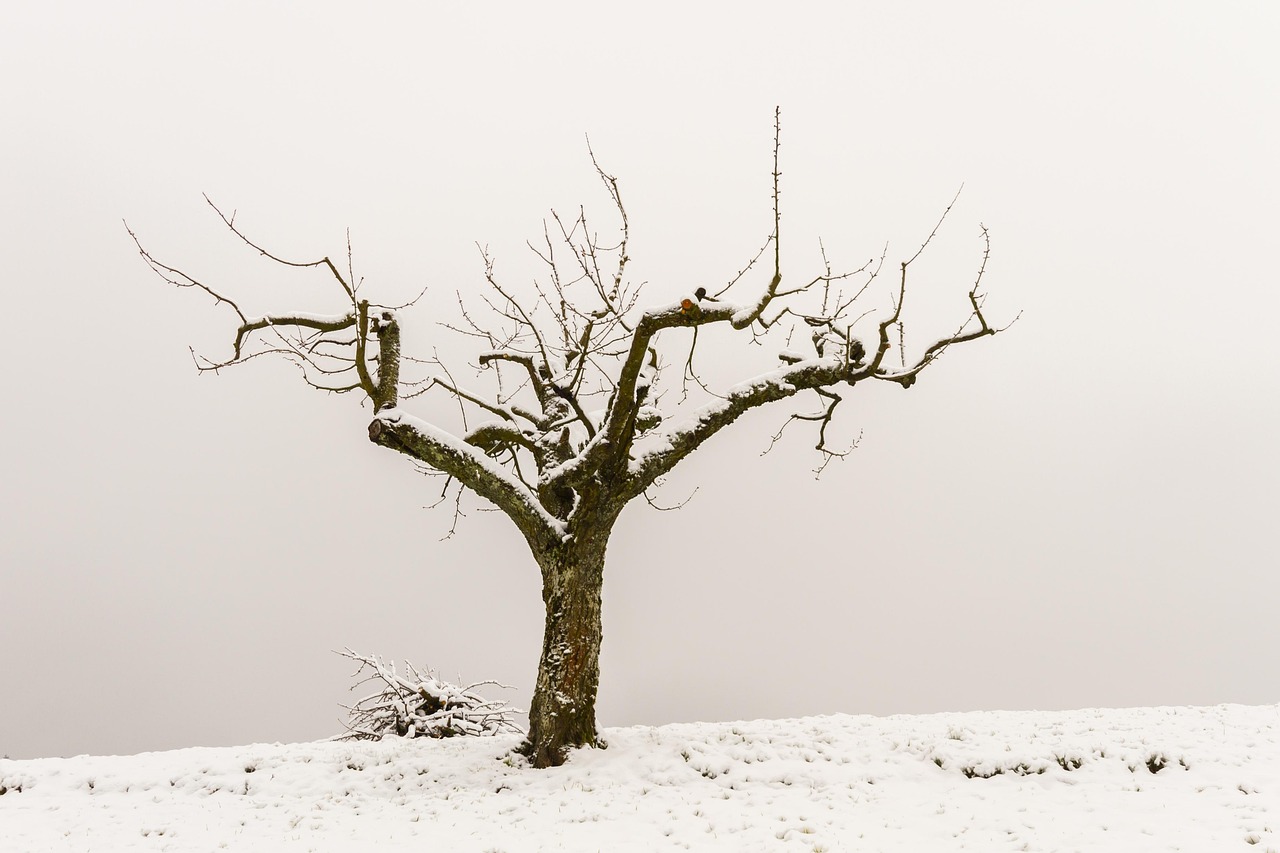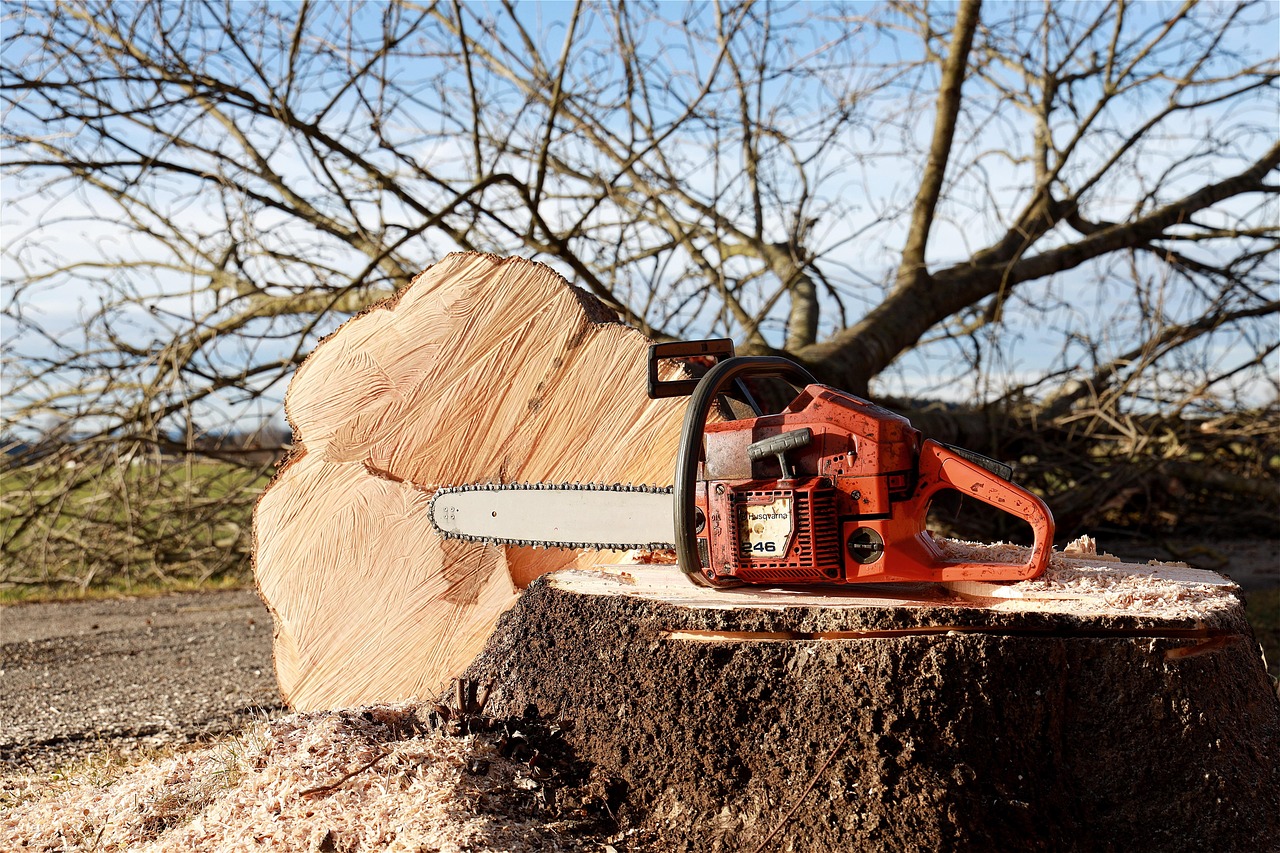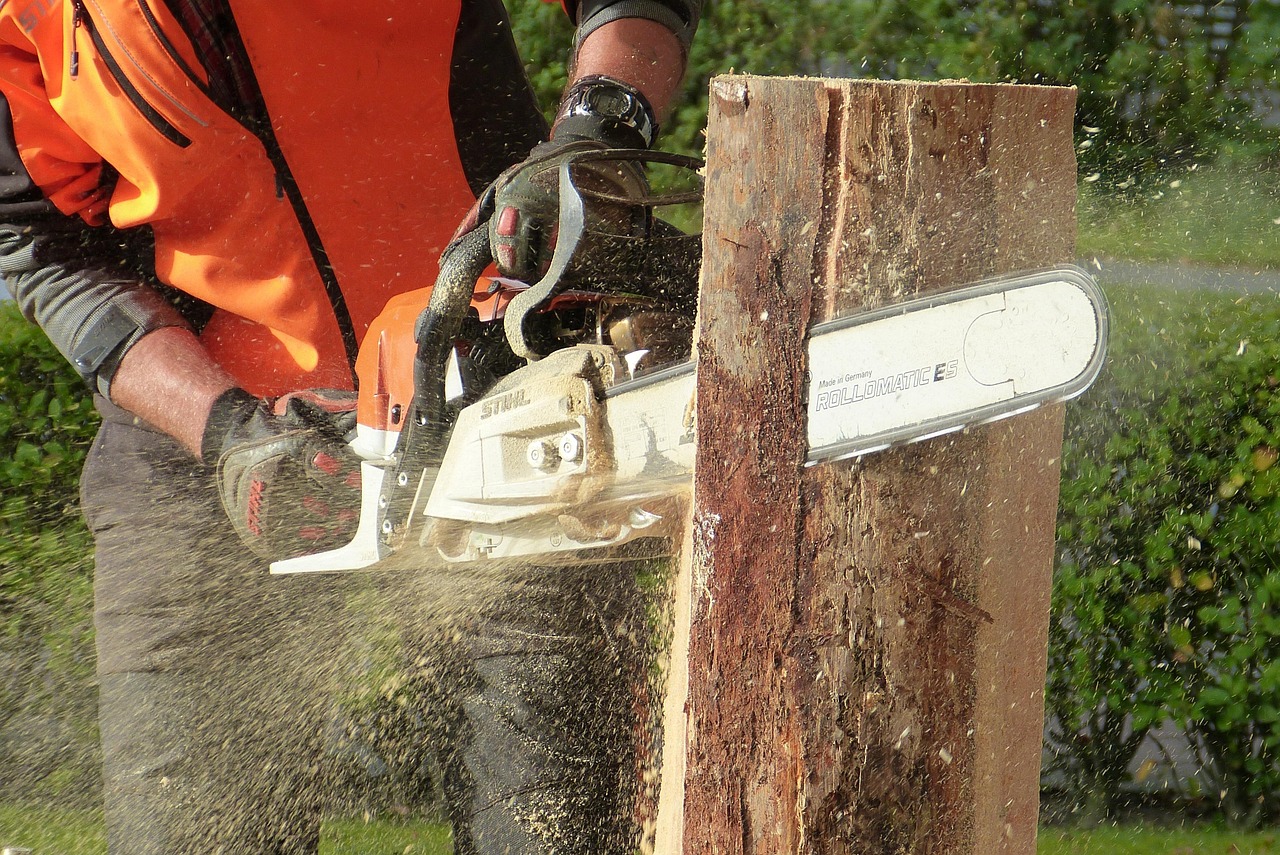Tree pruning is essential for creating topiary art and living sculptures. It involves shaping trees and shrubs through careful cutting. This process enhances their aesthetic appeal, promotes healthy growth, and maintains the desired forms over time.
Understanding Tree Pruning
Tree pruning is both an art and a science. It requires knowledge of plant biology and a creative vision. By selectively removing branches, gardeners can shape trees into intricate designs. This practice not only beautifies landscapes but also contributes to the overall health of the plants involved.

The origins of topiary can be traced back to ancient Rome. Wealthy homeowners would employ skilled gardeners to create impressive living sculptures. These meticulous designs often featured animals or geometric shapes. Today, topiary has evolved, offering various styles that can suit any garden setting.
When it comes to tree pruning for topiary art, timing and technique are crucial. Pruning at the right time of year ensures optimal growth and health. The most effective periods for pruning are typically in late winter or early spring before new growth begins. This timing allows for better healing of cuts and encourages robust growth in the following season.
Benefits of Tree Pruning for Topiary
Pruning offers several benefits that enhance both the aesthetic and health of trees used in topiary art:

- Promotes Healthy Growth: Regular pruning helps remove dead or diseased branches, improving air circulation and sunlight exposure.
- Enhances Aesthetic Appeal: Pruned trees can be shaped into artistic forms, adding visual interest to gardens.
- Controls Size and Shape: Pruning allows gardeners to maintain a specific size and shape for their topiary sculptures.
- Encourages Dense Foliage: Strategic cutting promotes bushier growth, creating fuller designs.
- Increases Lifespan: Proper pruning can extend the life of trees by preventing structural failures and disease.
Essential Tools for Tree Pruning
To effectively prune trees for topiary art, having the right tools is vital. Here is a list of essential tools that every topiary artist should consider:
- Hand Pruners: Ideal for snipping small branches and shaping foliage.
- Loppers: Useful for cutting thicker branches that are difficult to reach.
- Saw: A pruning saw can handle larger limbs that need removal.
- Hedge Trimmers: Electric or manual trimmers help maintain uniform shapes in hedges and shrubs.
- Gloves: Protective gloves are essential for safety while working with sharp tools.
- Ladder: A sturdy ladder may be necessary for reaching higher branches while shaping taller trees.
Basic Pruning Techniques
Understanding basic pruning techniques is key to successful topiary art. Here are some common methods used in tree pruning:
- Thinning: This technique involves removing selected branches to improve light penetration and air circulation within the tree.
- Heading: Cutting back the tips of branches encourages lateral growth, promoting denser foliage.
- Shearing: Often used for hedges, this technique creates a uniform appearance by trimming the outer foliage.
- Cleansing: Removing dead, damaged, or diseased wood is crucial for maintaining tree health.
Factors Influencing Pruning Decisions
A successful topiary design depends on various factors that influence pruning decisions:

| Factor | Description |
|---|---|
| Tree Type | Different species have varying growth habits and responses to pruning. |
| Desired Shape | The intended design will dictate specific pruning methods and techniques. |
| Growth Rate | Fast-growing trees may require more frequent pruning than slower-growing varieties. |
| Overall Health | A healthy tree can withstand more aggressive pruning than one that is stressed or diseased. |
Incorporating these techniques and considerations will lead to stunning topiary creations. By understanding the art of tree pruning, gardeners can transform ordinary trees into extraordinary living sculptures that enhance any landscape.
Choosing the Right Trees for Topiary
Selecting the appropriate tree species is crucial for successful topiary art. Not all trees respond equally to pruning, and some are better suited for shaping than others. Understanding the characteristics of various trees will help you make informed decisions for your topiary projects.
Ideal Tree Species for Topiary
Several species are particularly popular in the world of topiary. These trees have traits that lend themselves well to shaping and maintenance:

- Boxwood: Known for its dense foliage and small leaves, boxwood is a favorite for intricate designs.
- Yew: This evergreen tree is highly versatile and can be easily shaped into various forms.
- Privet: Fast-growing and easy to maintain, privet is often used for hedges and topiary shapes.
- Juniper: With its needle-like leaves, juniper is ideal for creating whimsical topiary figures.
- Holly: The glossy leaves of holly make it a striking choice for festive topiary art.
Characteristics to Consider
When choosing trees for topiary, consider the following characteristics:
- Growth Habit: Look for trees that have a naturally bushy or compact growth habit for easier shaping.
- Leaf Size: Smaller leaves are often preferable as they create a more refined appearance.
- Hardiness: Ensure the tree species is suitable for your climate zone to guarantee its survival.
- Response to Pruning: Some species bounce back better after cuts, making them easier to maintain.
Techniques for Shaping Topiary
Once you have selected the right tree species, it’s time to implement shaping techniques. Various methods can be employed depending on the desired outcome and the characteristics of the tree.
Freehand Trimming
This technique involves using hand pruners or shears to shape the tree without any guides. It requires a good eye and steady hands to achieve smooth lines and curves. Here are some tips for effective freehand trimming:
- Visualize the final shape before starting.
- Step back frequently to assess your work from different angles.
- Make small cuts gradually rather than large ones to avoid mistakes.
Using Templates and Frames
For more intricate designs, templates or frames can be helpful. These guides allow you to outline specific shapes before cutting:
- Create a Template: Use cardboard or plastic sheets to outline complex shapes like animals or geometric forms.
- Attach Framework: Lightweight frames can be used as supports for larger topiary pieces, helping maintain form during growth.
Maintenance of Topiary Art
Maintaining your topiary art is essential for ensuring it remains vibrant and healthy. Regular care will also help in achieving the desired shape over time.
Regular Pruning Schedule
A consistent pruning schedule is key to maintaining topiary shapes. Here are some general guidelines:
| Season | Pruning Tasks |
|---|---|
| Early Spring | Perform any major shaping cuts before new growth appears. |
| Summer | Light trimming can be done to maintain shape as growth occurs. |
| Late Summer/Fall | A final touch-up can help prepare the plants for winter. |
| Winter | Avoid major cuts during dormancy, focus on removing dead or diseased wood. |
Watering and Fertilization
Proper watering and fertilization practices are vital for healthy growth:
- Watering: Ensure consistent moisture during the growing season, but avoid overwatering.
- Fertilizing: Use a balanced fertilizer in spring to encourage vigorous growth.
Pest and Disease Management
Pests and diseases can threaten the health of your topiary trees. Regular inspections are essential to catch issues early. Here are common pests and their management strategies:
- Aphids: Use insecticidal soap or neem oil to control infestations.
- Caterpillars: Handpick or use organic pesticides to manage these pests.
- Mildew: Ensure good air circulation and avoid overhead watering to prevent fungal diseases.
A proactive approach to maintenance will ensure that your topiary art thrives and continues to enhance your garden’s beauty throughout the seasons.
Advanced Techniques in Topiary Art
As you gain experience in tree pruning for topiary art, you may want to explore advanced techniques that can elevate your designs. These methods can enhance the complexity and creativity of your living sculptures, allowing for unique artistic expressions.
Layering and Sculpting
Layering involves creating different levels of foliage within your topiary design. This technique can add depth and dimension, making your piece more visually striking. Here are steps to achieve effective layering:
- Select Varieties: Choose trees or shrubs with varying growth habits to create contrast.
- Plan the Design: Sketch your design beforehand, indicating where each layer will go.
- Prune Strategically: Trim lower branches to expose upper layers while maintaining the overall shape.
Espalier Techniques
Espalier is the art of training trees to grow flat against a structure. This technique is often used for fruit trees, but it can also be applied creatively in topiary art. To create an espalier design:
- Choose the Right Tree: Select a species that can tolerate heavy pruning and has flexible branches.
- Create a Framework: Use a trellis or wires attached to a wall to guide growth.
- Train Branches: As the tree grows, gently tie branches to the framework, pruning as needed to maintain shape.
Incorporating Color and Texture
Add visual interest to your topiary art by incorporating different colors and textures. Using a variety of plants can transform your design into a captivating focal point.
Choosing Foliage
Different tree species offer unique leaf shapes and colors. Here are some suggestions for enhancing your topiary with varied foliage:
- Variegated Plants: Trees with variegated leaves, such as variegated holly or euonymus, provide striking contrasts.
- Diverse Textures: Combine fine-textured plants like ferns with coarser-leaved species for greater visual appeal.
- Seasonal Changes: Incorporate deciduous trees that change color with the seasons to keep your design dynamic.
Flowering Plants
Integrating flowering plants into your topiary can add vibrant colors during blooming seasons. Consider these options:
- Climbing Roses: Train climbing roses on frameworks for stunning blooms alongside greenery.
- Annuals and Perennials: Use seasonal flowers in pots at the base of your topiary for a pop of color.
- Herbs: Certain herbs, like lavender or rosemary, can add both beauty and fragrance to your design.
Seasonal Care for Topiary Art
Caring for your topiary art requires attention throughout the year. Understanding seasonal changes will help you adapt your maintenance routine accordingly.
Spring Care
Spring is a critical time for revitalizing your topiary after winter dormancy. Focus on the following tasks:
- Inspect for Damage: Check for winter damage and remove any dead or broken branches.
- Fertilization: Apply a balanced fertilizer to encourage healthy growth as new leaves emerge.
- Pruning: Perform initial shaping cuts before the new growth begins in earnest.
Summer Care
The summer months are vital for maintaining the shape and health of your topiary. Here are essential activities:
- Regular Trimming: Keep up with trimming to maintain desired shapes and prevent overgrowth.
- Water Management: Ensure consistent watering, especially during dry spells.
- Pest Patrol: Inspect regularly for pests and diseases; treat any issues promptly.
Fall Preparation
As temperatures drop, prepare your topiary for winter. Consider these steps:
- Final Pruning: Perform a last trim to tidy up and promote healthy growth before dormancy.
- Mulching: Apply mulch around the base to protect roots from frost.
- Covering: For sensitive species, consider wrapping or covering them to protect against harsh winter conditions.
Aesthetic Placement of Topiary in Gardens
The placement of topiary art within your garden can significantly impact its overall effect. Thoughtful positioning enhances visibility and contributes to the garden’s overall harmony.
Focal Points
Create focal points in your garden using topiary art. Here are some ideas for effective placement:
- Main Entryways: Position larger topiary pieces at entry points to draw visitors’ attention.
- <strong.Pathways: Use smaller topiary sculptures along pathways to create visual interest as people walk through the garden.
- <strong.Centers of Beds: Place taller designs at the center of flower beds to elevate the overall design.
<h3.Grouping Techniques
Grouping several pieces together can create a cohesive look. Consider these aspects when grouping topiary art:
- <strong.Variation in Height: Use pieces of varying heights to create layers and depth.
- <strong.Color Coordination: Group by similar foliage colors or textures for a harmonious appearance.
- <strong.Balance and Symmetry: Ensure balanced placement to maintain visual harmony in the garden layout.
The strategic use of advanced techniques, seasonal care, and thoughtful placement will enhance the beauty and longevity of your topiary art, making it a standout feature in any garden setting.
Additional Considerations for Successful Topiary Art
As you embark on your journey of creating and maintaining topiary art, there are several additional considerations to keep in mind. These factors can significantly impact the success of your designs and the overall health of your trees.
Environmental Factors
The environment in which your topiary grows plays a crucial role in its development. Here are key environmental aspects to consider:
- Sunlight: Most topiary plants thrive in full sun. Ensure that your selected species receive adequate sunlight for optimal growth.
- Soil Quality: Well-draining soil rich in organic matter is essential for healthy root development. Conduct a soil test to determine pH and nutrient levels.
- Microclimates: Be aware of microclimates in your garden, such as areas that may be shaded or overly windy, as they can affect plant health.
Design Trends in Topiary Art
Topiary art is constantly evolving, with new trends emerging regularly. Staying updated with design trends can inspire fresh ideas for your projects:
- Minimalism: Simple, clean lines and fewer elements are trending, focusing on the beauty of the shape itself.
- Wildlife-Friendly Designs: Incorporating native plants into topiary art can attract beneficial insects and birds, enhancing biodiversity.
- Interactive Topiary: Some designers are creating topiary pieces that invite interaction, such as seating areas surrounded by shaped greenery.
Cultural Significance of Topiary
Topiary has deep cultural roots that span centuries and continents. Understanding its significance can enhance your appreciation for the art:
- Historical Gardens: Many famous gardens, such as those at Versailles in France, feature elaborate topiary that showcases the wealth and power of their owners.
- Cultural Symbolism: In various cultures, topiary represents order and control over nature, reflecting human creativity and innovation.
- Modern Interpretation: Today, topiary can serve as a medium for personal expression, allowing artists to convey messages through living sculptures.
Final Thoughts
The art of tree pruning for topiary and living sculptures is a rewarding endeavor that combines creativity, horticultural knowledge, and patience. By understanding the fundamental principles of pruning, selecting the right species, and implementing advanced techniques, you can create stunning pieces that enhance any landscape.
Regular maintenance and attention to environmental factors will ensure that your topiary art remains healthy and vibrant. As you explore different design trends and cultural significances associated with topiary, you will find endless inspiration for your projects.
Whether you are a seasoned gardener or a novice enthusiast, embracing the journey of creating topiary art will not only beautify your space but also provide immense satisfaction as you witness the transformation of living plants into intricate sculptures. As you cultivate these masterpieces, remember that each snip of the shears brings you one step closer to realizing your artistic vision.
Ultimately, tree pruning for topiary art is about more than just shaping plants; it is about connecting with nature and expressing creativity through living forms. Let your imagination flourish as you embark on this artistic journey.
